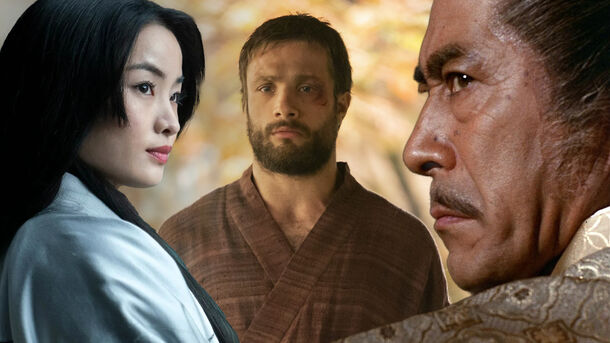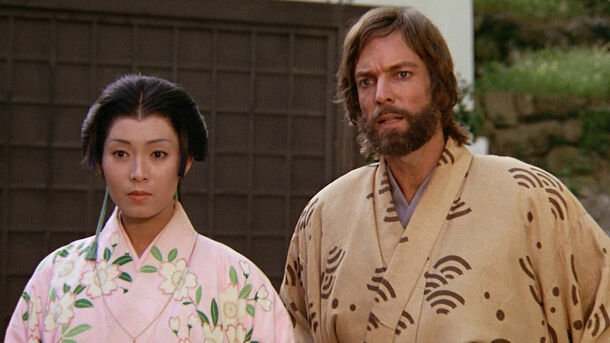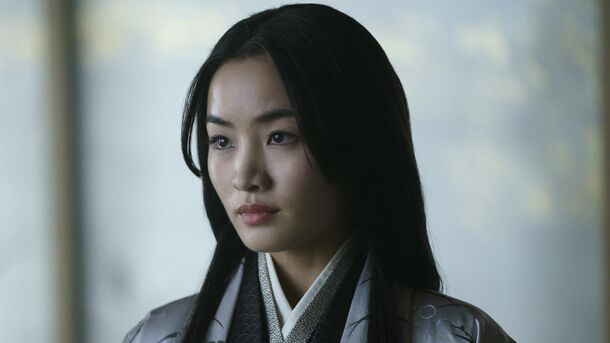After 18 Emmy Awards, Shogun Is Slammed by the Original Show Creator: 'I Had to Turn It Off'

The creator of the 1980's series has a number of complaints about the new project.
The fact that Japan was at the top of the cinematic charts in 2024 became clear with the TV sensation Shogun, which tells the story of the English navigator John Blackthorne, who is shipwrecked off the coast of feudal Japan at the end of the 16th century.
This is not the first adaptation of the legendary novel by James Clavell. In 1980, a miniseries starring Richard Chamberlain as Blackthorne and Toshiro Mifune as Toronaga was released.
This show not only won three Golden Globes, but also introduced a wide Western audience to Japan during the Sengoku period.
Jerry London Criticized the New Shogun Series
Recently, Jerry London, the creator of the original series, gave his opinion about the new adaptation in an interview with the Hollywood Reporter. And his comments were less than enthusiastic.
London believes that the original project from the 1980s was difficult to make, but the result was worthy. At the time, the producers wanted to hire a director with Japanese roots, but London convinced them of his skills.
The director said that the new show was too focused on Japanese history and did not appeal to Western audiences:
“It's very technical and very difficult for an American audience to get their grips into it. I've talked to many people that have watched it, and they said, ‘I had to turn it off because I don't understand it.”
London is glad that the creators of the second version did not copy his approach, but he believes that the show has received various awards unfairly:
“It won all the [Emmy] awards because there were no big shows against it. There was not too much competition.”
London also noted that the actor who plays Blackthorne in the modern series, Cosmo Jarvis, is significantly inferior in charisma to Richard Chamberlain, who played the role in the original.
The Original Shogun Used Artistic Exaggeration for the Sake of a Suspenseful Story
The original series aired in 1980, and its brutality made an impression, especially on viewers who had never seen seppuku on screen before. In the first episode, one character was beheaded and another boiled alive in a cauldron.

Historians, however, argue that such atrocities bear little resemblance to the truth. Rather, they were used as artistic exaggeration to highlight the vast cultural gap between feudal Japan and the horrified English pilot, who could not understand how the samurai could so easily take their own lives.
The New Shogun Uses the Same Devices, but Abandons the Exoticism
The new adaptation of Shogun does not refrain from artistic exaggerations, too. Another thing that stands out is that these exaggerations are not exoticized.
The previous adaptation had a good dramatic technique, but it was too colonial: at first we were not translated into Japanese, so that we, like the main character, were completely confused.
The authors of the new Shogun used a different, more visual technique. Throughout the series, they use anamorphic optics to show the disorientation of the protagonist. Anamorphic lenses not only fit more space into the frame by compressing it, but also blur the background.
Rachel Kondo & Justin Marks' Show Doesn't Use the White Savior Trope
In addition, the creators abandoned the white savior trope. Not only are Blackthorne and Toronaga on equal footing, but Blackthorne is not the main character anymore – he starts the whole story, but it no longer revolves around him.

Compared to the old series, the new one places even more emphasis on the Japanese characters, especially the women, for example Mariko, Toronaga's confidante and Blackthorne's translator.
